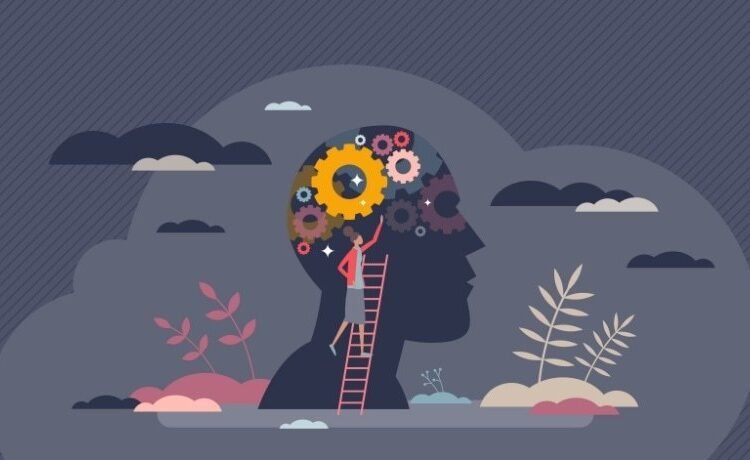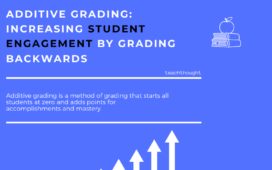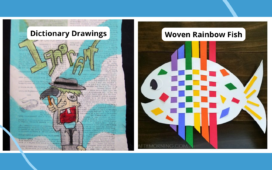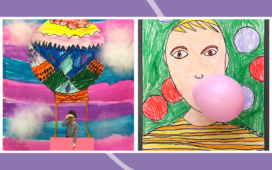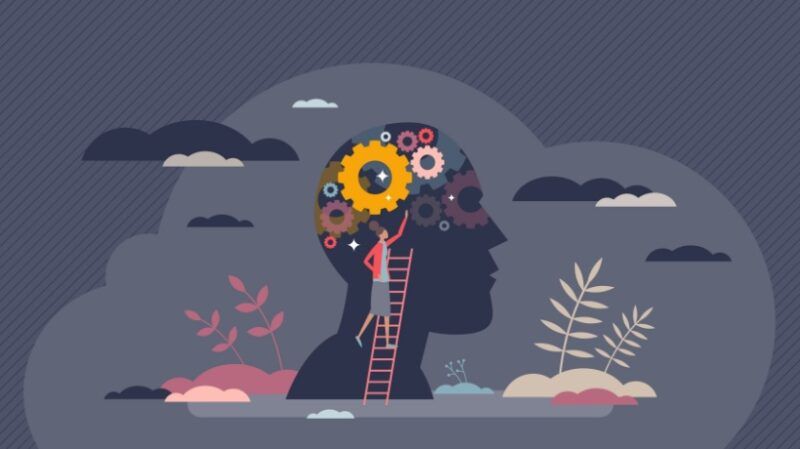
Cognitive Learning In Lifelong L&D
From learning to read as a child to developing professional knowledge in your career, the human experience is undoubtedly continuous learning. Cognitive learning theory (CLT) explains how the brain processes, retains, and applies new information. Practical implementation shows that authentic learning happens through engagement, context, and experiential learning. With a focus on deep understanding rather than memorizing facts, cognitive learning encourages a more active, hands-on approach, as the learner creates knowledge through experience and interaction.
One of the major principles of CLT, however, as promoted by many influential theorists, places heavy emphasis on understanding the internal cognitive processes of learners. Training initiatives that work well inscribe knowledge into long-term memory to later let you tap into it at work. And this focus on sustainable impact is exactly why cognitive learning is more effective than historic, boring ways.
What Is Cognitive Learning Theory?
According to a report by Business Research Company, the cognitive assessment and training market has marvelously expanded in the last few years. In 2024, it was $6.05 billion with 25.5% CAGR; now in 2025 it is $7.59 billion. The growth in the historical period was driven by rapid growth in the aging population, investments, healthcare expenditure, and digitization. Cognitive learning theory explains how mental cognition is essential during learning new skills, understanding different ideas, and mastering complicated tasks. To fully appreciate this theory, it is necessary to understand cognitive processes more clearly. These cognitive processes, which include thinking, remembering and problem-solving, allow people to acquire, adjust, and suitably use knowledge. Thus, a transformative theory suggests that the intelligence of employees and learners will drive deeper and more productive training outcomes.
Core Principles Of Cognitive Learning Theory
With a basic understanding of cognitive learning theory, we now turn to the components. This model provides useful information for understanding how humans learn and use knowledge.
- Attention
The very first step (and perhaps the most critical), attention can be conscious (deliberate focus) or unconscious (absorption without explicit awareness). However, as always, both are incredibly important in creating our cognitive landscape. - Perception
This is the entrance into knowledge because it is the first stage of understanding, in other words, the process of apprehending new concepts and forming a preliminary understanding of a subject. It sets the stage for later learning. - Memory
It is the gateway to durable knowledge. It is based on the linkage between new knowledge and our long memory—a huge pool of ordered symbols we have acquired. Without this integration, there can be no meaningful learning. - Comprehension
It is the action of constructing fresh, new ideas. Understanding emerges from the dynamic interaction of perception and memory and the complex networks created between what we see and remember. It is an awareness that supersedes rote memory. - Problem-solving
The practical application of knowledge. Applying what you have learned to real-world situations and problems shows a working grasp of the concept. - Decision-making
The end product of cognitive processing is decision-making. It is the process of reasoning and the knowledge gained through the outcomes of a learner’s actions. - Information
This strong model treats the mind as an information processor. It highlights receiving, processing, storing, and retrieving information, setting the background for cognitive functioning. - Schemas
These mental constructs enable the organization and interpretation of information based on previous experiences. They serve as mental shortcuts, allowing us to process and interpret the world around us more efficiently. - Constructivism
A widely accepted theory of learning that emphasizes the role of the learner in constructing knowledge. It embodies using prior knowledge to incorporate and integrate new information into existing schemas. - Metacognition
The highest form of cognitive awareness is knowledge and awareness of one’s learning processes. This includes preparing learning strategies, monitoring one’s understanding, and assessing the cognitive strategies.
How Cognitive Learning Fuels Employee Upskilling
In a constantly changing world, employee upskilling is key to both individual success and organizational agility. Traditional training methods fail to engage learners and maximize knowledge retention. A more promising direction is cognitive learning theory, which focuses on how learners learn and process information. This enables structured, more effective, and impactful skilling. Organizations can develop interactive and immersive learning experiences and endear themselves to employees more humanly.
This method focuses on hands-on experience, allowing the learners to associate recently acquired information with prior knowledge, resulting in better understanding and knowledge retention. Additionally, cognitive learning puts employees’ learning into their own hands, which leads to engagement and motivation towards learning. This aids culture and growth through continuous learning.
Implementing Cognitive Learning Strategies In Employee Training
The use of cognitive learning principles greatly enhances workplace learning. For some common approaches, here are examples of their use:
Experiential Learning
Experiential learning is all about using hands-on activities to help harness cognitive learning as the knowledge is applied in real-world situations. This supports ongoing learning and reflection while gaining task-specific mastery. Understanding and skills are gained through action and reflection in a real context.
Observational Learning
Observational learning is learning by watching others, and it can be incredibly useful in the workplace. Methods such as on-the-job training, coaching, and hands-on demonstrations help foster critical thinking and attention to detail by giving learners a model to follow as they work to acquire a new skill and framing how the information being presented aligns with the end goal.
Reflective Learning
Reflective learning is all about critically thinking about the past to improve in the future. It is a key part of cognitive learning and develops self-awareness, metacognition, and critical thinking.
Collaborative Learning
Collaborative learning is where people work together to solve problems, explore concepts, or develop a new product or idea. These activities—group projects, writing groups, etc.—can be done face-to-face or online. The secret sauce is that individuals own certain tasks in a common process. This enables a better grasp of the learning material, creates a foundation of knowledge, and supports individual accountability.
Scenario-Based Learning
Scenario-based learning is similar to experiential learning in which simulated practice environments are utilized. This fosters confidence and minimizes risk because mistakes are consequence-free opportunities to learn.
Cooperative Learning
Cooperative learning is similar to collaborative learning but is typically more formal. With this approach, individuals are punished/rewarded for their contribution and the entire group’s success. Like collaborative learning, cooperative learning offers opportunities for social learning, critical thinking, and metacognition (thinking about thinking).
Explicit Learning
Explicit learning is intentional and purposeful because it’s the act of being hands-on in developing a new skill or process that is state-of-the-art for your advancement on the job market. Explicit learning requires concerted attention and engagement. For instance, during office hours, learners would spend a lot of time breaking down some results in linear algebra to understand its nuances and solve application problems.
Implicit Learning
Implicit learning happens inadvertently. New techniques and knowledge are internalized passively, frequently without acknowledgment. Such learning can occur in informal discussions, work-based tasks, and everyday life. Implicit learning, a skill developed in the subconscious through repetition and practice, is when someone learns the nuances of a new language’s grammar through immersion and conversations without ever being told the rules.
Along with the above, emotional and receptive learning, behavioral and gamified learning, and inquiry-based and problem-based learning are also included in cognitive learning.
Conclusion
Cognitive learning theory provides a significant insight into the learning process. Its focus on relatedness, context, and experience and leads to a deeper understanding and retention of knowledge than traditional forms. Instead of theoretical insights into the neuroscience behind core principles around attention and memory, organizations can use CLT to build practical learning solutions, including experiential and collaborative learning, when designing upskilling programs.
Are you ready to change how you train your employees and provide them sustainable knowledge? Learn more about how cognitive learning will change how you develop your L&D program [1].
References:
[1] Extend the Value of your L&D Programs through Continuous Learning

